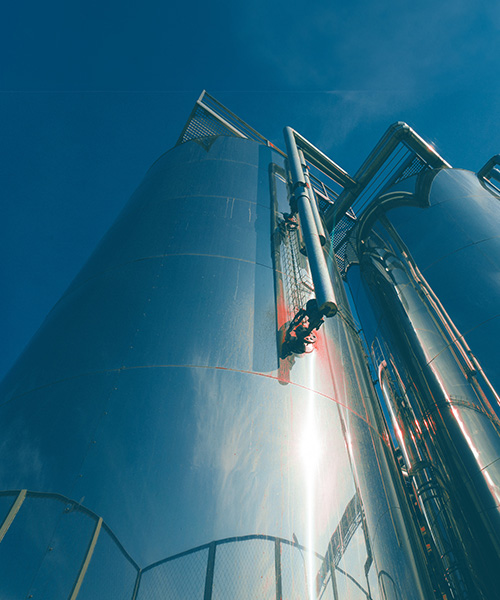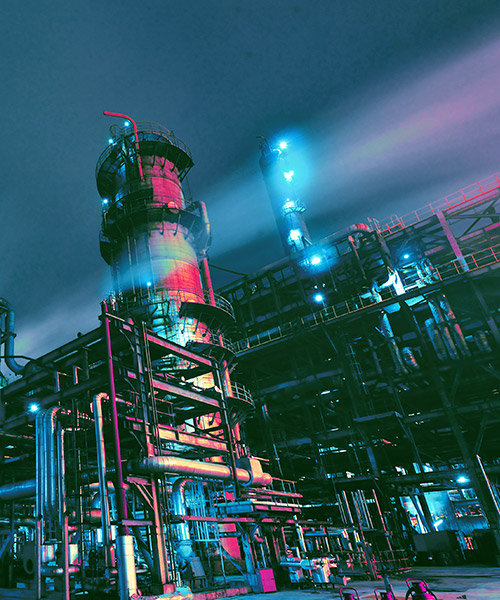How we transformed operations for an established oil and gas producer using digital technologies
We helped a leading oil and gas producer – with both onshore and offshore oil and gas assets ranging from five to 25 years – achieve cost reductions and efficiency gains 50 percent greater than organizations that haven’t addressed their data integrity issues. Our customer also achieved significant gains in engineering productivity because its data is now trustworthy.
Here’s how.
The dirty data that derailed progress
With new digital technologies emerging, our customer saw an opportunity to upgrade its operating environment and be more efficient. But its existing data wasn’t reliable and there were discrepancies across its data sources. Until our customer was confident that it had accurate data and information that it could rely on, it could not drive business effectiveness and excellence across its plant operations and maintenance.
Digitally mirroring reality
We created a digital copy of every critical asset in our customer’s facilities, synchronizing the digital environment with the physical. We processed millions of data records from multiple disparate sources to determine missing, incomplete and duplicate data.
To create an accurate and governed data set, we established a consistent class library. Data from multiple sources across multiple facilities was imported and compared to the class library, highlighting the gaps and discrepancies to help our customer achieve its required data integrity.
Overall, we cleaned the engineering operations and maintenance data across 10 facilities. Assessed 387 million data points. And, identified 121 million data points that were deemed critical and needed correction.
Reducing risk, saving time and money
Having a digital copy of its assets, our customer now has a better basis for decision making. The company can now make rapid asset improvements and reduce risk to personnel through better certainty around activities and equipment status.
Statistic Cards
data points assessed
data points required remediation
greater cost and efficiency gains




